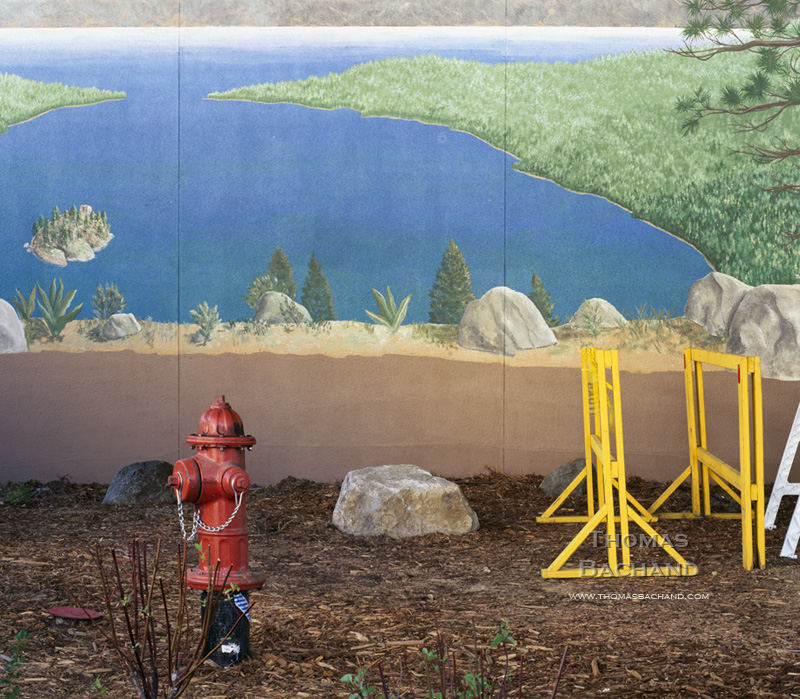
Rubics Cube Ashore. Albany, California.
This work is part of my examination of the California coast. For more, visit California Coast.
Registered © Thomas Bachand. All Rights Reserved.

Rubics Cube Ashore. Albany, California.
This work is part of my examination of the California coast. For more, visit California Coast.
Registered © Thomas Bachand. All Rights Reserved.

Mt. Broderick. Yosemite National Park. From the Digital History Series.
Yosemite is an iconic landscape that has been closely examined by artists for well over a century. In keeping with this tradition, my photography of the park is varied and experimental. For more, visit my Yosemite and Digital History portfolios.
Registered © Thomas Bachand. All Rights Reserved.

Sweeping. Los Angeles County Museum of Art.
For a closer look at my editorial work, visit my editorial portfolio.
Registered © Thomas Bachand. All Rights Reserved.

Mural. Stateline, Nevada.
The Nevada Museum of Art is currently showing Tahoe: A Visual History, the most comprehensive exhibit on Tahoe, ever. Curator Ann Wolf has covered it all: Washoe basketry, 19th C. paintings, sculpture, historic and contemporary photography, maps, modern art, and more. This show is not to be missed.
Coming up on October 15 is Ann Wolfe’s talk on early Tahoe photography.
Registered © Thomas Bachand. All Rights Reserved.

“Three Seconds on the Fourth of July” has been acquired by the Nevada Museum of Art for its permanent collection. The 50″ X 60″ print is slated for display in the upcoming exhibit TAHOE: A Visual History, running August 22, 2015 to January 10, 2016. The exhibit features over 400 artworks spanning over two centuries, including basketry, weavings, sculpture, paintings, and photography. The show will be of great interest to Bay Area audiences who are so closely tied to Tahoe and it’s outcomes.
The Richard Diebenkorn show is just finishing up at the de Young Museum in San Francisco. Post on the wall at the exhibit entrance was a list found among the artist’s papers after his death.
Notes to myself on beginning a painting
1. Attempt what is not certain. Certainty may or may not come later. It may then be a valuable delusion
2. The pretty, initial position which falls short of completeness in not to be valued – except as a stimulus for further moves.
3. Do search. But in order to find other than what is searched for.
4. Use and respond to the initial fresh qualities but consider them absolutely expendable.
5. Don’t “discover” a subject – of any kind.
6. Somehow don’t be bored – but if you must, use it in action. Use its destructive potential.
7. Mistakes can’t be erased but they move you from your present position.
8. Keep thinking about Pollyanna.
9. Tolerate chaos.
10. Be careful only in a perverse way.